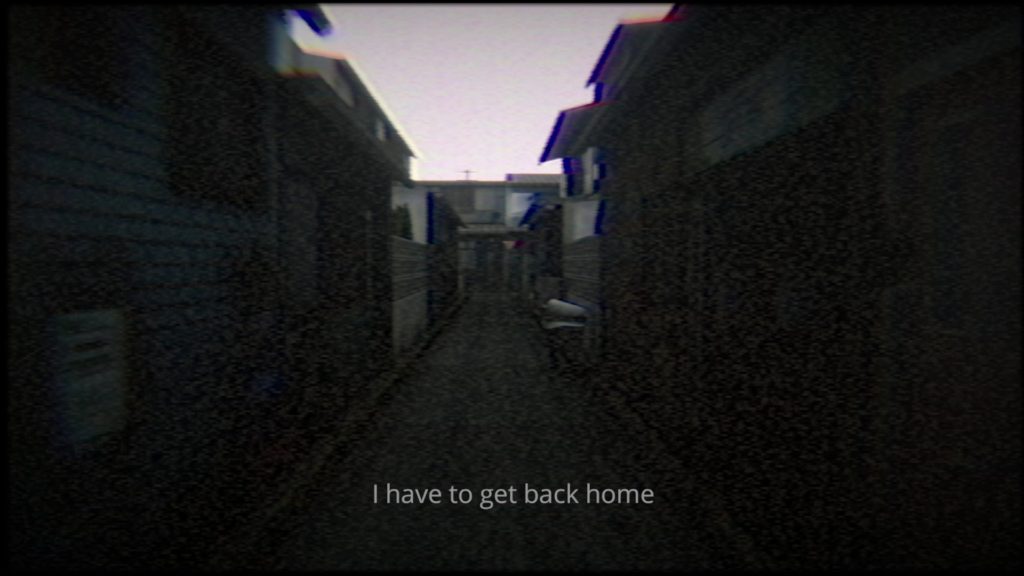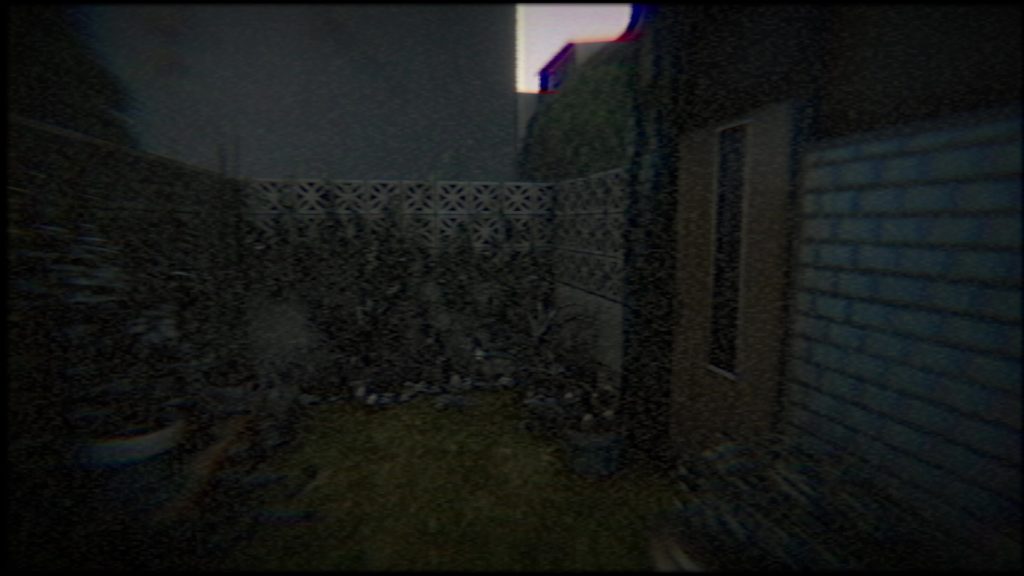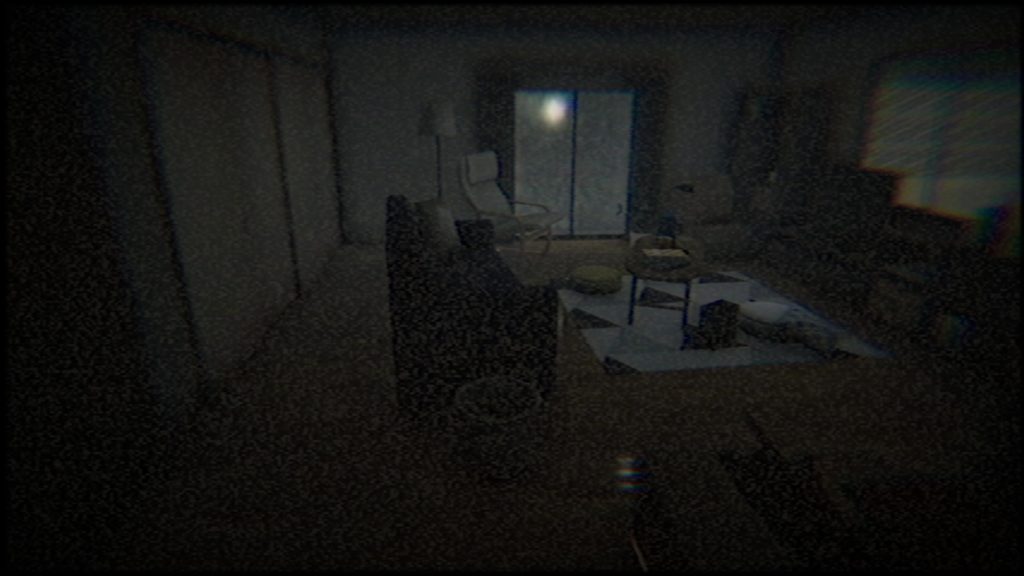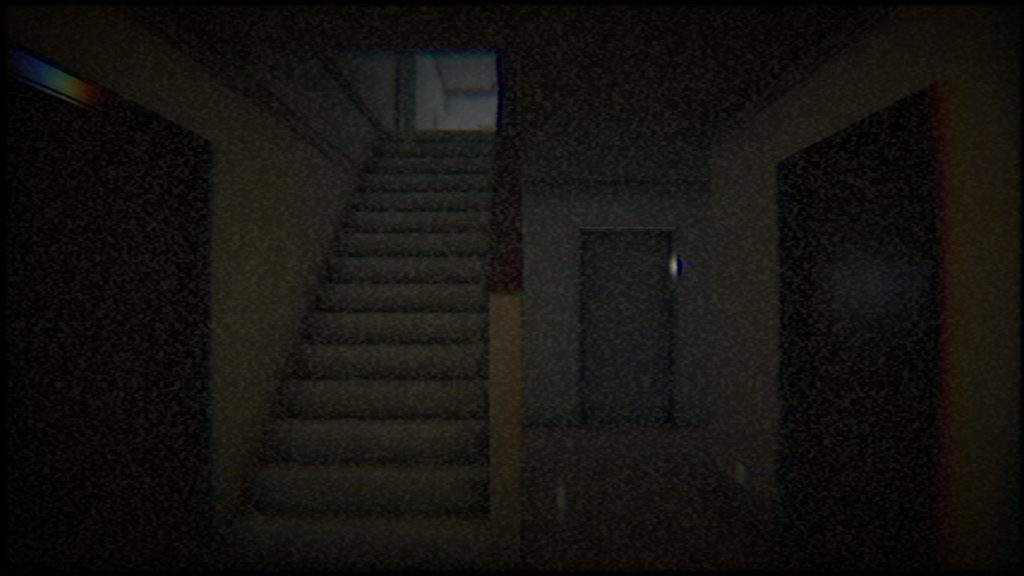Okaeri and the fear in the familiar
Okaeri. Welcome home. Sometimes the greatest fear — or perhaps it’s more accurate to say the most unsettling situations — can occur in the most familiar surroundings. That’s the premise behind the Chilla’s Art title we’re looking at today — one of the developer’s earlier games, but one whose execution will be familiar to those who have played their later work.
In Okaeri, you take on the role of a schoolgirl who is on her way home, and indeed your first challenge in the game is to negotiate the back streets of a Japanese town in order to find your way back to her house. This will be a familiar start to Chilla’s Art veterans, and is always a solid means of scene-setting — even though nothing much tends to happen in these initial “exploration” scenes, they provide a good sense of context, and of how the events of these games’ narratives often unfold in seemingly “mundane” situations.

Once you arrive home in Okaeri, it’s immediately clear that something is not right. And it will be a familiar feeling to anyone who has ever come back to their own home and felt that immediately identifiable feeling that something terrible has happened.
Let me tell you a personal story before we proceed further. Self-indulgent it may be, but it’s extremely relevant to the feeling that Okaeri creates almost immediately as you step through the front door of the protagonist’s house.
A little over a decade ago, my first wife and I decided to part ways. The whole thing was fairly amicable in retrospect; both of us knew that things weren’t working out — but that didn’t stop me from being absolutely inconsolable at the time it was happening. I was so emotionally devastated by the whole situation that we both agreed it would probably be best that I wasn’t present while she was actually moving her things out of the house. I spent a few days over at a friend’s house, and eventually I mustered up the courage to go back “home”.

I walked up the familiar steps to our apartment block. I punched in the code. I went into the hallway. I unlocked the front door and stepped inside. And immediately, although nothing looked obviously different, it felt “wrong”. Something was missing. I knew exactly what was missing, of course, but it was still an unsettling feeling.
I found myself going from room to room in the apartment, mentally taking in what had changed; what was no longer in the state that I had become accustomed to before the problems had occurred. Everything was wrong, even in places where things had deliberately been left undisturbed; it no longer felt like my home. What was once “ours” was now, supposedly, just “mine” — but it didn’t feel like it. It was simultaneously familiar and completely alien.
That’s the feeling you get when you step through the protagonist’s front door in Okaeri. It’s obviously familiar — particularly if you’ve played some of Chilla’s Art’s other games, since the basic model has been used in some of their other titles, and is simply a familiar layout to a small house — but at the same time it’s clear that something’s wrong. It’s too quiet. Many of the doors are locked. It’s dark.

And yet, open the door to the living room and things look fairly normal. Furniture is where it should be, nothing seems to be obviously out of place and everything looks like it’s fairly comfortable — though it would probably look warmer and nicer with the lights on. Still, though, something doesn’t quite feel right.
To describe further exactly what is “wrong” in Okaeri would be to spoil the short narrative that unfolds across the game’s very brief runtime, but suffice to say that this feeling is played with in a few ways over the course of the complete experience. You’ll begin to question if what you are “seeing” through the eyes of the protagonist is truly accurate or the product of an increasingly stressed-out mind — and when things eventually come to a head, the way everything wraps up is seemingly conclusive, but it also leaves a fair few questions to be pondered.
Okaeri is much “gentler” horror than many of Chilla’s Art’s other titles. There are no real jump scares — there are a few sudden noises here and there, but they’re more for atmosphere and to provide cues as to what you might want to investigate next rather than to freak you out — and the experience as a whole is a fairly contemplative affair. Unlike many of the other Chilla’s Art games, there’s also only one ending — and rather downbeat it is, too — meaning that the game feels less like an attempt to solve a mystery than it is an opportunity to experience some events that have already transpired.

This somewhat gentler approach, singular conclusion and short runtime — it probably won’t take you any longer than about 20-30 minutes to beat the game, even if you explore the environments thoroughly — has led the game to have somewhat mixed user reviews on Steam, but if you enjoy Chilla’s Art’s other work, Okaeri is worth experiencing. If nothing else, it’s a good indication of how their work has developed since 2019 — but that likewise they’ve always had a good understanding of how to create a powerful sense of atmosphere through relatively minimal visual assets and astonishingly good use of sound.
Okaeri is available now for PC via Steam.
Join The Discussion
Rice Digital Discord
Rice Digital Twitter
Rice Digital Facebook
Or write us a letter for the Rice Digital Friday Letters Page by clicking here!
Disclosure: Some links in this article may be affiliate links, which means we may earn a small commission if you make a purchase after clicking on them. This is at no additional cost to you and helps support Rice Digital!
- Letter from the Editor: passing the torch - June 30, 2023
- Super Woden GP 2 is looking promising - June 30, 2023
- Inti Creates is making a 32 bit-style Love Live action platformer - June 26, 2023







